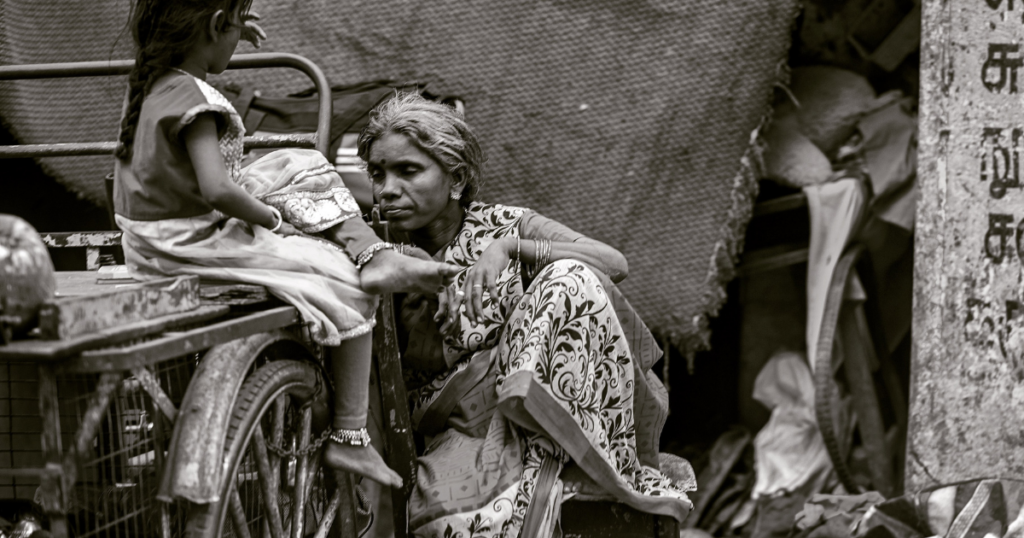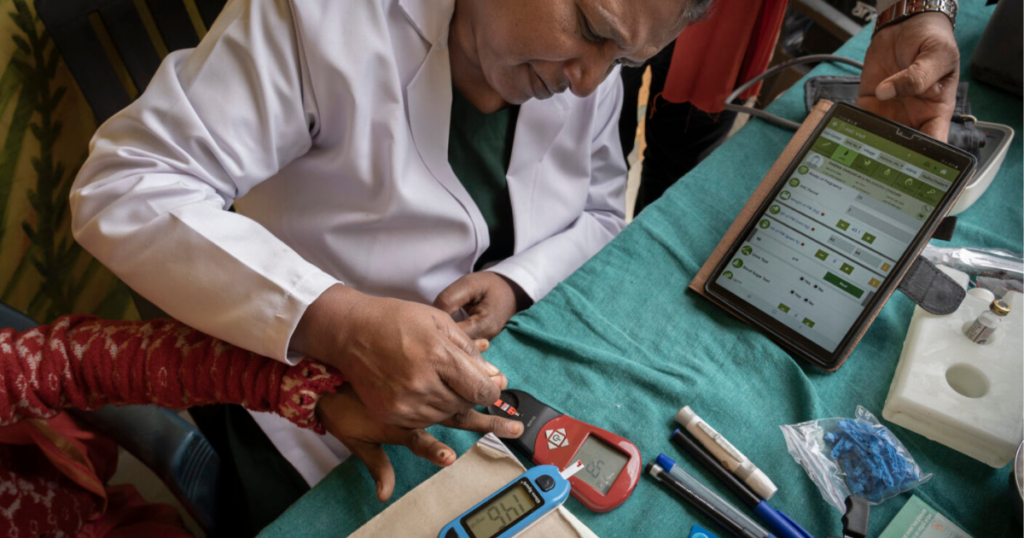While conversations around mental health are now being mainstreamed, with the rising prevalence of mental health issues, following the COVID-19 pandemic and increasing involvement of governments as well as civil society organisations, there is still a large divide that is yet to be addressed.
Prevalence of mental illness in India
Over 13% of the Indian population suffers from some form of mental disorder. Substance abuse disorders, and alcohol dependence in particular, form a major chunk of these issues. Disparities in the mental health burden exist along gender and regional lines. More women than men are found to be prone to anxiety, neurosis and stress. Rural areas account for nearly 68% of the population suffering from mental disability. In addition, mental morbidity is the highest among vulnerable and marginalised populations. The pandemic also exacerbated these issues, with a stark 18% increase being observed in suicide rates among children and adolescents in 2020. Despite the situation being dire, a treatment-seeking attitude is lacking among the population, and 70-90% of all people who need mental health care are not receiving it.
This highlights a large-scale systemic problem in India. This perspective addresses the problem using a three-lever framework to analyse the data on the landscape of mental health in India today, and recommended steps for action.
1. Service Utilisation
Between 2017 and 2020, there has been an increase in the utilisation of outpatient mental health services. Following a decline during the pandemic and resulting lockdown, the number of outpatients seeking mental health care increased, peaking in March 2021. While the numbers are yet to recover to post-pandemic levels, there has been an upward trend in urban institutions. Service utilisation calls for strengthening, especially in rural areas. This can be achieved by:
- Employing innovative models to develop solutions that enable accessibility of mental health services.
- Promoting mental health in the community through information, education and communication, to ensure mental health literacy and increase mental health-seeking behaviour.
- Ensuring availability of mental health services by embedding mental health services within existing essential services and primary healthcare.
- Ensuring inclusion of mental health within universal health coverage and insurance schemes to ensure affordability.
2. Infrastructure
Existing infrastructure is insufficient and ill-equipped to address mental health concerns for the population. There is a lack of trained professionals at all tiers of the healthcare delivery mechanism. In order to ensure prevention, promotion, screening, and early detection at a preliminary level, it is important to build a robust primary care system. Another crucial element of this system would be a rigorously trained cadre of frontline workers, including social workers and non-clinical staff, who are often the first point of contact for mental health patients in the community. The inclusion of mental health training as an essential component in the curriculum for all health workers is also recommended along with maintenance of a database of trained providers.
3. Policy
Policy initiatives should ensure that all segments of the population, especially the marginalised and vulnerable, have access to affordable and quality mental healthcare services. There are several nodal agencies which play an important role in achieving this.
These agencies should prioritise:
- Holistically strengthening systems for mental health.
- Increasing overall budget allocation for mental health by the government, and in particular to the National Mental Health Programme (NMHP) and District Mental Health Programmes (DMHP) to enable effective implementation.
- Establishing systems for accountability of states and ensuring governance of state-level implementation of all provisions of the National Mental Health Policy and Mental Healthcare Act 2017.
- Establish governance mechanisms to ensure proper utilisation of allocated funds by the NMHP and DMHP.
In addition to specific areas of action across the three levers, there is a need for broader systemic action. This can be done by creating resilient systems with adequate infrastructure, building a cadre of trained mental health workforce to bridge the treatment gap and integrating mental health into other programmes to ensure sustainable interventions, especially for issues with high prevalence like suicides and substance abuse which require urgent action. Comprehensive treatment approaches to understand and address underlying determinants of mental health will be essential to enable and sustain positive outcomes. Workplaces across sectors should take responsibility to support employees with mental well-being.
Authors: Yashasvi Murali, Disha Kouli with support from Karthika Kumar
Data Analysis: Veda Kulkarni and Manmath Agarwal
Technical review: Lakshmi Sethuraman




